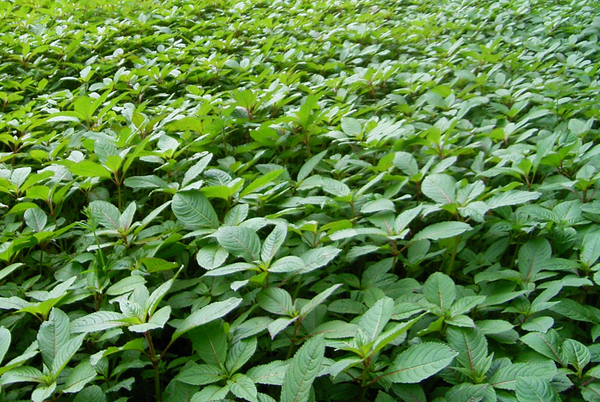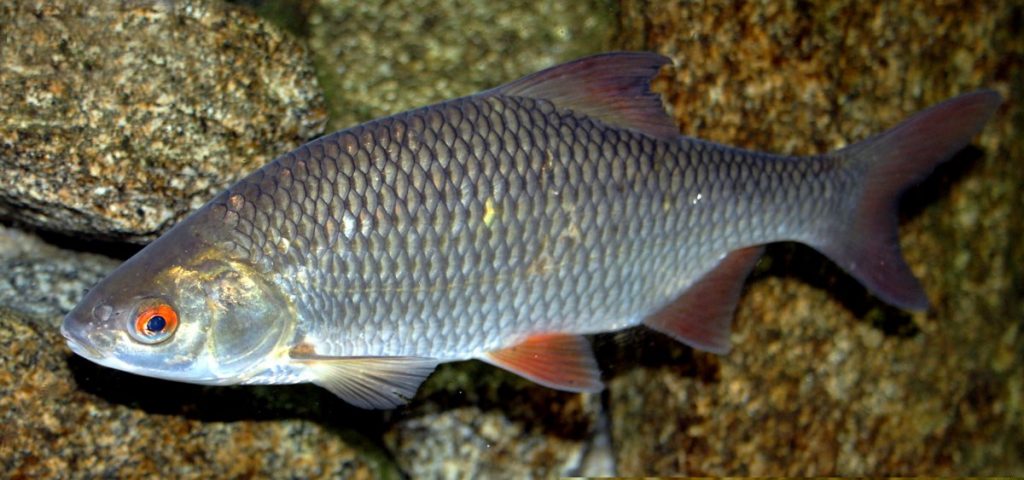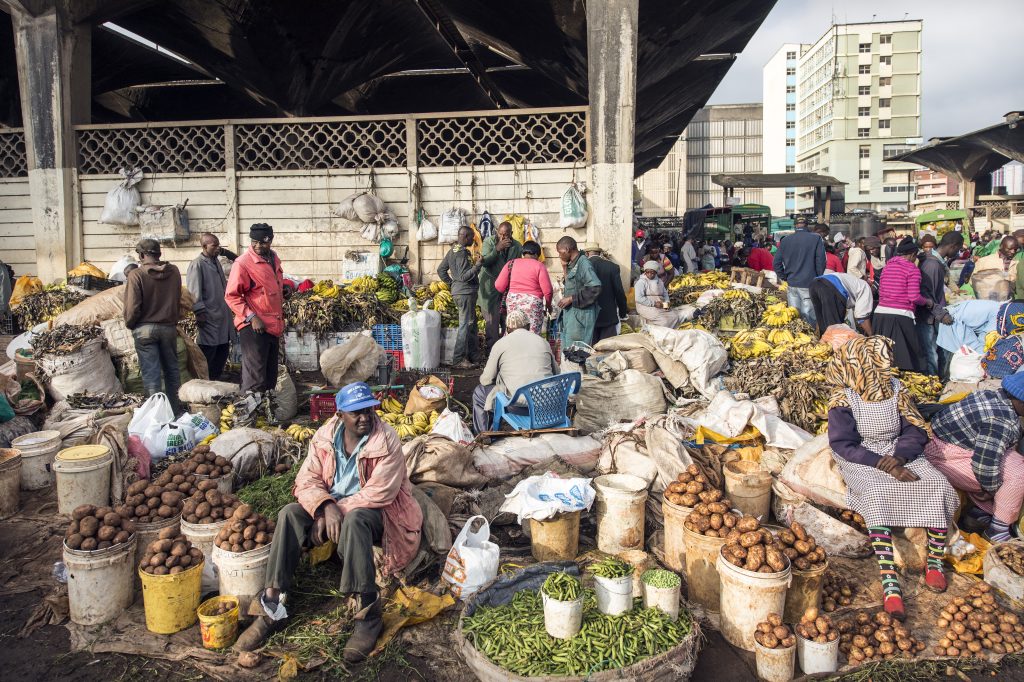My UK adventure
By Fernadis (Feddy) Makale, MRes, CABI It all started with a single application email after coincidentally stumbling on a scholarship ad online. Landing in the UK at almost sub-zero temperatures I didn’t know what was ahead of me. I had successfully won a scholarship for a Research Masters (MRes) degree co-funded by CABI and…
Pakistan’s papaya pest squished through biocontrol
A severe infestation of the papaya mealybug (Paracoccus marginatus) nearly wiped out papaya orchards in Pakistan before this largely farming South Asian country decided to replace conventional chemical pesticides that were ineffective, with natural predators that proved to be successful.
Alien hunters in Indonesia – protecting natural parks and forest ecosystems in SE Asia
The Global Forum on Agricultural Research (GFAR) posted four blogs about CABI’s activities in its ‘Partner Spotlight’ feature. One of these was on a four-year Global Environment Facility (GEF) funded project that we led which ended recently. The FORIS project was about preserving important genetic diversity in some of SE Asia’s forests. The blog is…
Invasive species – telling the story of the hidden threat to livelihoods
The Global Forum on Agricultural Research (GFAR) has blogged about CABI’s activities in its ‘Partner Spotlight’ feature (12-15). One of these was our new invasive species programme which is re-posted here. Millions of people living in rural communities around the world face problems with invasive species –animals, diseases, insects and plants – that are out…
CABI’s ISC datasheets contribute to regulatory action against high-risk freshwater invasive species in the USA
Aquatic invasive species threaten aquatic resources by negatively impacting native organisms and altering ecosystems. They have a competitive advantage over native species because they lack natural enemies to control their spread, they grow and reproduce rapidly, and also adapt to a wide range of environmental conditions.
Invasive alien species (IAS) threaten livelihoods and biodiversity globally
Invasions from non-native plants, animals and pathogens threaten the economies of the world’s poorest nations, according to a new study. The study, published in Nature Communications (‘Global threats from invasive alien species in the twenty-first century and national response capacities’) found that one-sixth of the world’s land is highly vulnerable to invasion, including substantial areas…
CABI at EcoSummit 2016
CABI promoted its new invasive species initiative at this year’s EcoSummit event which took place in Montpellier, France, from 29 August – 1 September. CABI’s latest initiative aims to tackle the issue of invasive species to improve the lives of 50 million farmers in Africa and Asia. Launched in Copenhagen in 1996, the event provides…
Invasive species: A global threat to trade and livelihoods
A new report supports the fact that invasive species have the potential to undermine global food security and sustainable development, a vital statement supported by Goal 15 of the Sustainable Development Goals which states that we need to: introduce measures to prevent the introduction and significantly reduce the impact of invasive alien species on…
Tackling invasive species to protect farmer incomes and livelihoods
“I have suffered [crop] losses amounting to 90%. I have no other source of income apart from tomato farming. I was relying on this crop to feed my family. I have nothing to do now other than try to think of what to do next.” Elias Kamuga, Farmer, Kenya Elias is a smallholder farmer from…
The three Cs of the Invasives’ programme development: concepts, compromise and coffee
Since March 2016, I have been working as the programme support manager for the multi-sectorial development initiative called the Invasives programme. Our new Invasives initiative will be undertaking regional, national and local technical and partnership activities to deal with some of the worst biological invasions that are threatening livelihoods in poor rural areas. As we…




